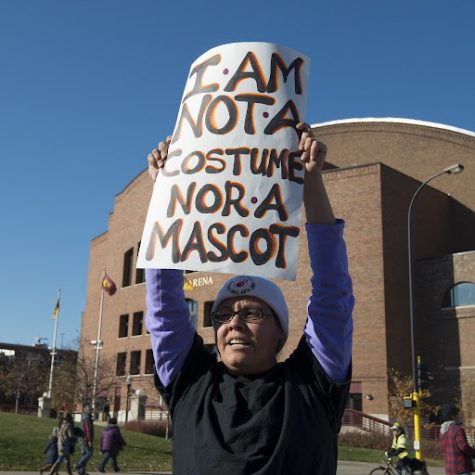Mail-in voting raises concerns about fraud
As the presidential election draws near, it seems unlikely that voting in person will be possible for this election cycle. Due to safety concerns, it is most probable that most voting will be done by mail in order to prevent a mass amount of people from entering polling centers. For many, including President Trump, mail-in voting has raised fears over potential voter fraud. President Trump raised this concern at the Republican National Convention (RNC) in Charlotte, North Carolina, believing that ballots will be sent to more Democratic areas compared to Republican areas.
There are two types of mail-in ballot systems that the U.S. uses for elections. For most states, voting by mail requires an absentee ballot, which voters must request. In some select states, there’s a universal “vote by mail,” which ballots are mailed to all voters. According to brookings.edu, a quarter of U.S. votes are cast by mail-in voting .
The issue many have with mail-in voting is the fear that these ballots will increase votes for Democrats. People who usually don’t vote in traditional elections will be able to cast absentee ballots easily. This would include low-income people, young people and those without access to transportation. However, what would be considered a benefit for Republicans is that senior citizens use absentee ballots, and they statistically tend to be more conservative. Another fear is that since voter registration hasn’t been updated recently, people will receive multiple ballots, no ballots or have their ballot sent to the wrong people. There is also the possibility of having ballots being lost in the mail.
When it comes to voter-fraud, if a candidate suspects fraud, they can present evidence to the election board or file a lawsuit in court. It will be up to the authorities to determine if there actually was voter-fraud. According to the Brennan Center for Justice at New York University, there isn’t any evidence that proves mail-in ballots increase fraud. There are many anti-fraud protections built into mail-in voting, including requiring absentee ballot voters to be registered voters and requiring voter signatures on the ballot envelope.
Voters should pay close attention to what the voting reforms are in their particular state.
Your donation will support the student journalists of Hart High School - CA. Your contribution will allow us to cover our the cost of our website and print editions.





